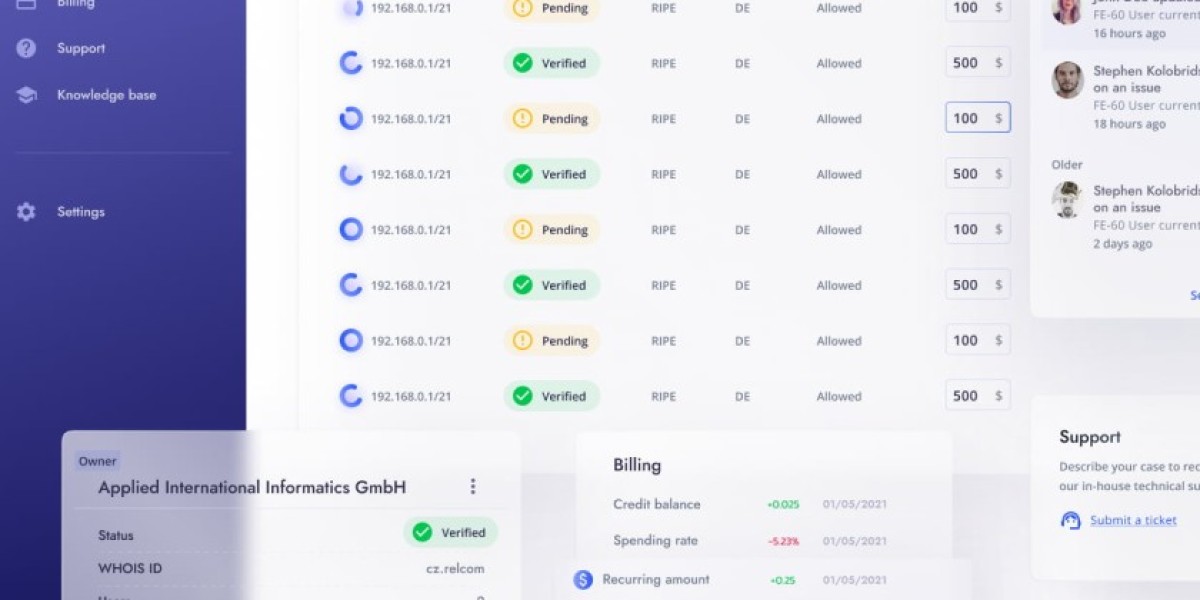Unlocking the Secrets of Checkered Aluminum Plates: Discover Their Hidden Benefits and Versatile Applications!
Checkered aluminum plates, often overlooked, play a significant role in numerous industries due to their unique design and functional properties. These plates, commonly featuring a raised pattern, are not only aesthetically pleasing but also enhance safety and performance in various applications. In this article, we will delve into the fascinating world of checkered aluminum plates, exploring their properties, applications, and the myriad benefits they offer. Whether you're a professional in construction, automotive, or manufacturing, understanding these plates can provide valuable insights into their utility and importance in your industry.
Understanding Checkered Aluminum Plates
Checkered aluminum plates are flat sheets of aluminum that feature a distinctive diamond or linear pattern on one side. This pattern is not merely decorative; it serves functional purposes that enhance the plate’s usability. Typically made from high-grade aluminum alloys, these plates are designed to be lightweight yet sturdy, making them an ideal choice for various applications. The manufacturing process involves rolling aluminum sheets through a series of rollers that imprint the checkered pattern, resulting in a product that is both durable and visually appealing. There are several types of checkered aluminum plates available, differing in thickness, size, and pattern style, allowing for customization depending on the specific requirements of a project.
Properties of Checkered Aluminum Plates
The unique properties of checkered aluminum plates set them apart from other materials. One of the most notable characteristics is their durability; these plates can withstand heavy loads without bending or warping. Additionally, their lightweight nature makes them easy to handle and install, reducing labor costs and time. Another significant property is corrosion resistance; aluminum naturally forms a protective oxide layer that shields it from the elements, ensuring longevity and reduced maintenance requirements. Furthermore, the aesthetic appeal of checkered aluminum plates cannot be overlooked. Their unique design adds a modern touch to any setting, making them a popular choice for both functional and decorative applications.
Applications in Various Industries
Checkered aluminum plates find applications across a broad spectrum of industries. In the construction sector, they are frequently used for flooring, stair treads, and wall coverings due to their anti-slip properties and ability to bear heavy loads. In the transportation industry, they are utilized in truck beds and trailers, providing a sturdy surface that can endure harsh conditions. The automotive sector often employs these plates for protective panels and trim, taking advantage of their lightweight yet durable attributes. Moreover, in manufacturing, checkered aluminum plates serve as excellent work surfaces in workshops and factories, offering both safety and functionality. The versatility of these plates makes them an essential component in many industrial applications.
Benefits of Using Checkered Aluminum Plates
The benefits of using checkered aluminum plates extend beyond their physical properties and applications. One major advantage is the enhanced safety they provide; the raised pattern significantly reduces the risk of slips and falls, making them ideal for high-traffic areas. Additionally, their cost-effectiveness cannot be overstated; while they may have a higher initial cost compared to some alternatives, their durability and low maintenance requirements lead to significant savings over time. Furthermore, checkered aluminum plates are easy to clean and maintain, making them suitable for environments that require high hygiene standards, such as food processing facilities. This combination of safety, cost-effectiveness, and ease of maintenance makes checkered aluminum plates a smart choice for various industries.
Summary of Checkered Aluminum Plates
In summary, checkered aluminum plates are invaluable materials widely used across numerous industries due to their unique properties and extensive applications. From their durable and lightweight nature to their aesthetic appeal and safety features, these plates offer numerous advantages that can enhance both functionality and design. Understanding the benefits and applications of checkered aluminum plates is crucial for professionals in construction, transportation, automotive, and manufacturing sectors. By recognizing their value, industries can make informed decisions that improve safety, reduce costs, and enhance overall performance.







